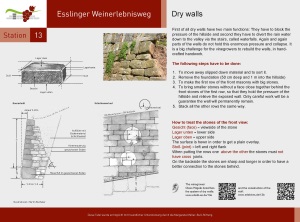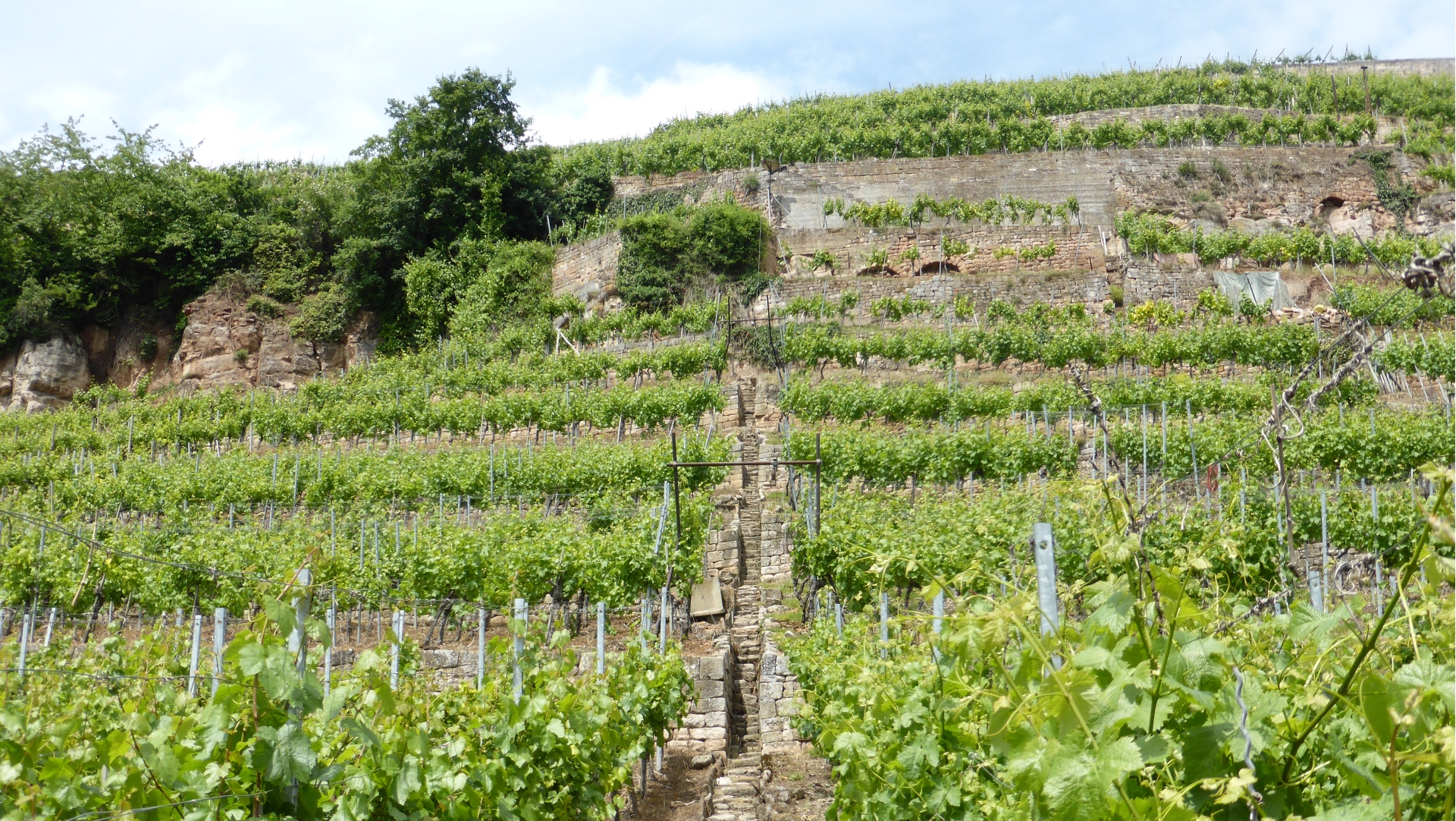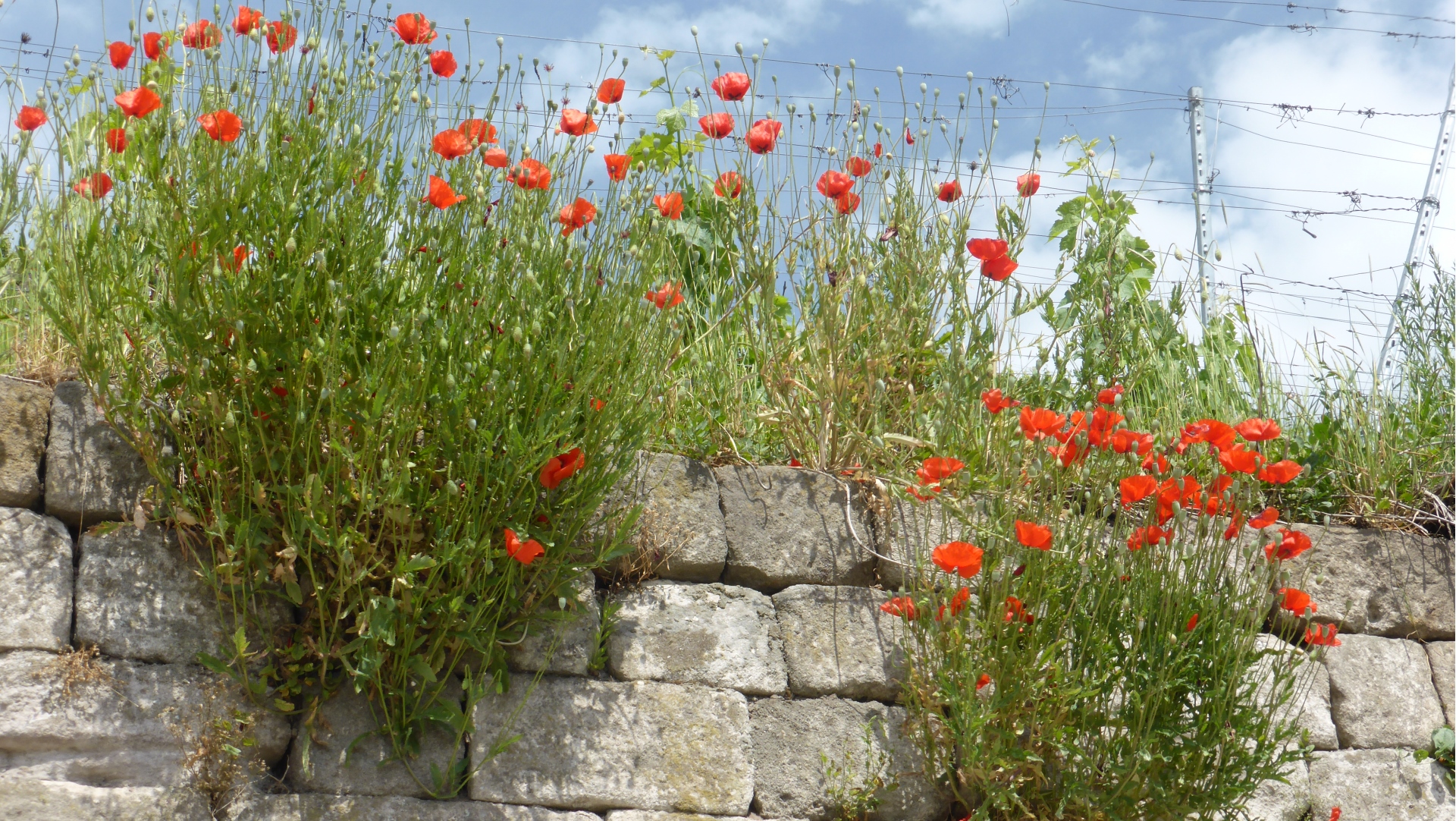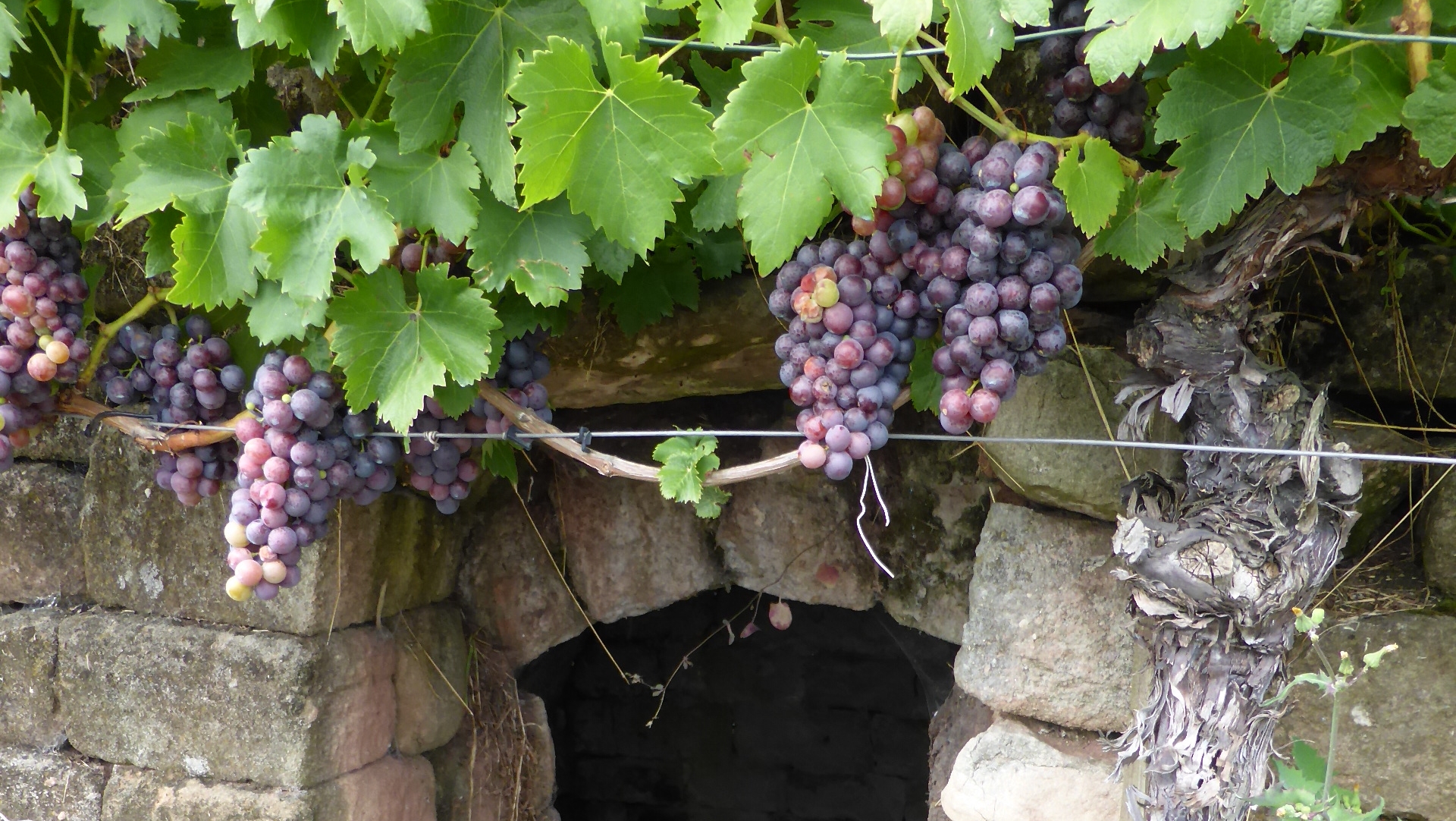Weinerlebnisweg 13a

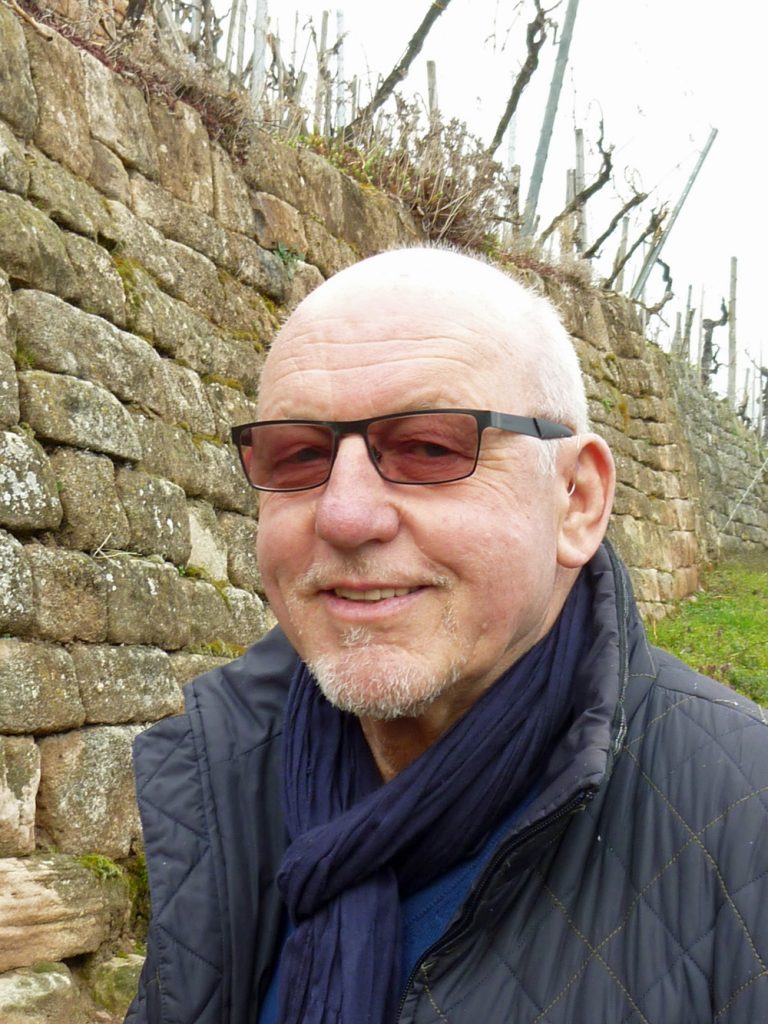
Here at this part of the wine trail you have a good view at the complex system of dry walls which developped over centuries. Claus Haegele explains the whole system with its special features:
„In front of us there is a very nice example for the system of dry walls. You can see that they always run slant to the center. In the center you can see the stairs, we call them waterfalls. The water always runs to the stairs to drain the hillside. It is important that the moisture does not remain behind the stones so that high pressure is exerted on the walls. Special features are the rear wall responsible for the sturdiness but also the upper stones are fascinating. They are the cap stones, below they are flat in horizontal position, but at the top the stones are carved. In my opinion this is very esthetic. Another feature is that there are no cross joints, that means that no vertical gap must go over two or three layers. Think it is understandable. Have a look, we hope you will not find any cross joints, because they are a weak point in a wall. Besides that we have real works of art here: the bridges, round arches, that disperse the pressure on two rocks for example. This technique is used for porches all over the world. We also have shelters that look like caves. In the past the winegrowers spent all day in the vineyard whatever the weather was. In bad weather they had their lunch break inside, they did not go home for lunch. The wall construction is a very old handicraft, a rural architechture and a system as explained before. The walls are gentled by the sweat of their architects and represent a monument of special prettiness, a cultural heritage which should be preserved.“ The very old handicraft of the dry wall construction Claus Haegele will describe in another story.


